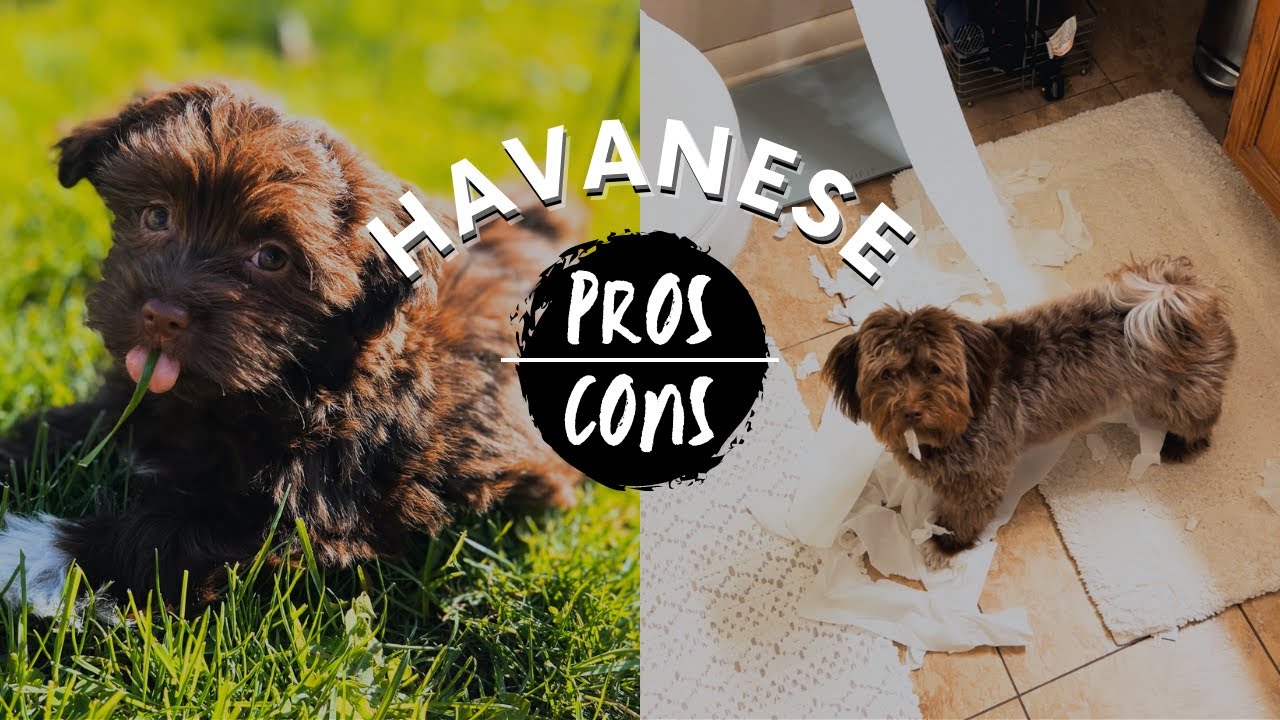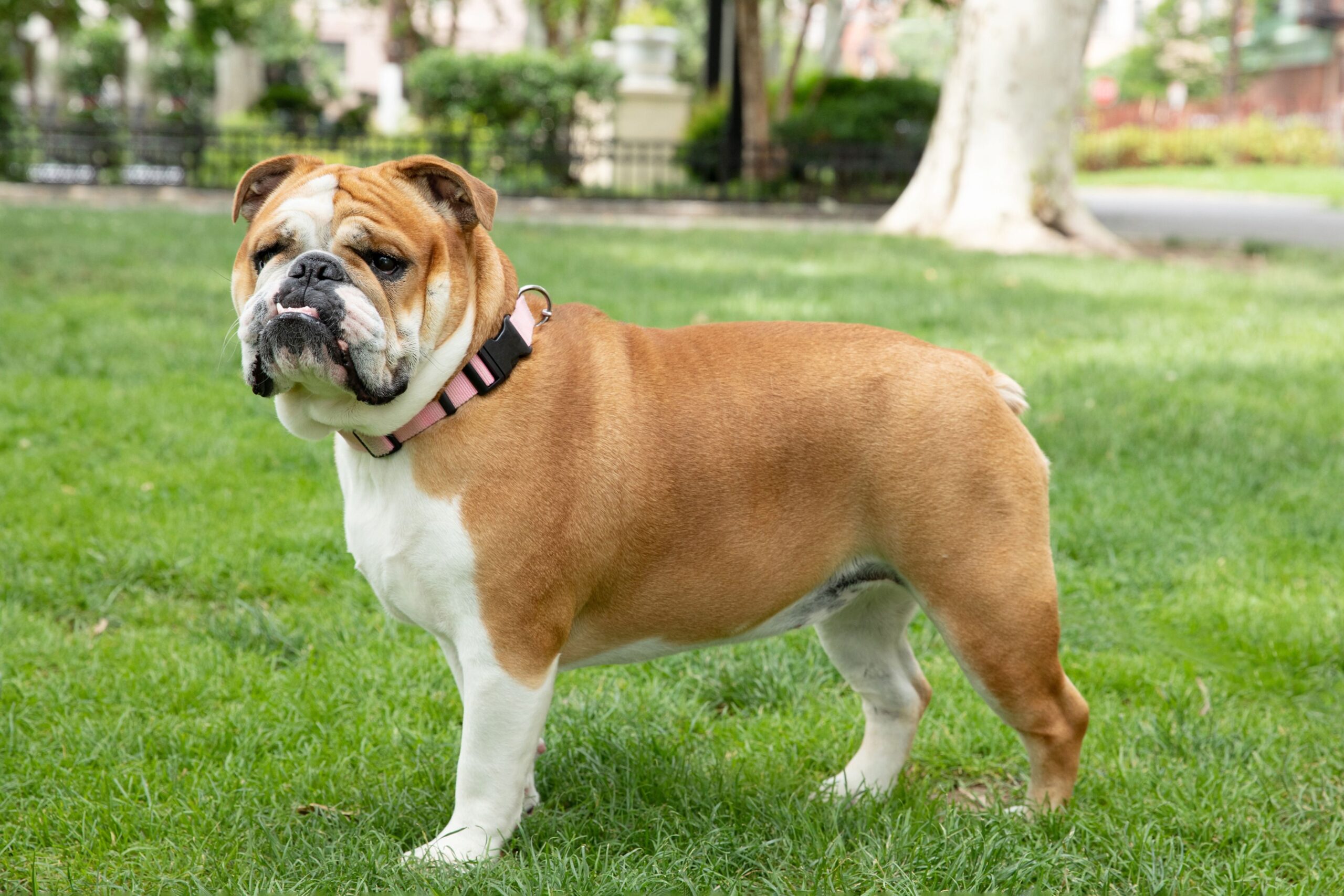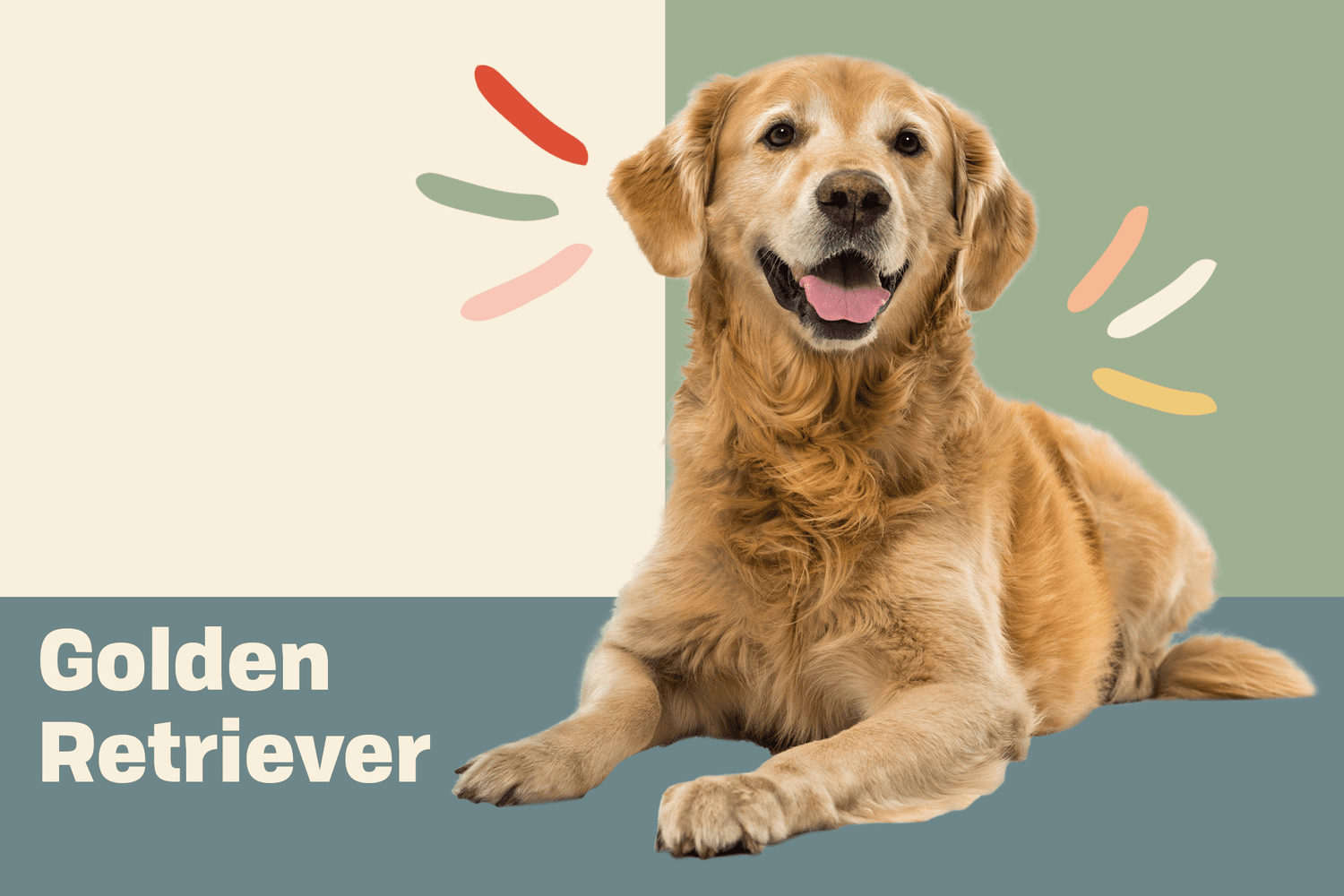Havanese Dog Breed: Complete Guide & How-To Care
The Havanese is a charming, small-sized breed known for its affectionate personality, intelligence, and silky, flowing coat. As the national dog of Cuba, the Havanese has gained international popularity as a companion dog, particularly favored by apartment dwellers and families. In this comprehensive guide, we’ll explore everything you need to know about the Havanese — from breed history and traits to grooming, training, health, and ideal living conditions.
🐶 Breed Overview
- Breed Name: Havanese
- Group: Toy Group (AKC)
- Origin: Cuba
- Lifespan: 14 to 16 years
- Weight: 7 to 13 pounds (3 to 6 kg)
- Height: 8.5 to 11.5 inches (22 to 29 cm)
- Temperament: Intelligent, Friendly, Social, Playful
- Coat Type: Long, Silky, Often Wavy or Curly
- Hypoallergenic: Yes
📜 History of the Havanese
The Havanese breed has its roots in the Bichon family of dogs, which includes other small breeds like the Bichon Frise and Maltese. The breed arrived in Cuba with Spanish colonists and became a favorite among Cuban aristocrats in the 18th century. Its name comes from the capital city, Havana.
During political upheaval in Cuba, many of these dogs were brought to the United States by fleeing families, where dedicated breeders helped preserve and develop the breed. The American Kennel Club officially recognized the Havanese in 1996.
🧠 Temperament and Personality
The Havanese is known for being:
- Affectionate: Loves to be around people and thrives on companionship.
- Smart: Highly intelligent and eager to please.
- Playful: Naturally curious and loves toys and games.
- Adaptable: Comfortable in apartments, suburban homes, and even with frequent travel.
This breed makes an excellent family dog, especially with proper socialization. They get along well with children, other dogs, and even cats.
🏠 Is the Havanese Good for Apartment Living?
Absolutely. The Havanese’s small size and quiet nature make them ideal apartment companions. They don’t require a large yard and are generally content with a few short daily walks and playtime indoors.
However, they don’t like being left alone for long periods. If left alone too often, they may develop separation anxiety.
🛁 Grooming and Care
The Havanese has a long, silky coat that can be wavy or curly. Although it’s considered hypoallergenic, grooming is essential.
Grooming Tips:
- Daily Brushing: Prevents tangles and mats.
- Bathing: Every 1–2 weeks with a gentle dog shampoo.
- Trim Hair: Around the eyes, paws, and sanitary areas for cleanliness.
- Ears: Clean regularly to avoid infections.
- Nails: Trim monthly.
Some owners choose to keep their Havanese in a “puppy cut” for easier maintenance.
🍗 Feeding and Nutrition
- Type of Food: High-quality kibble or wet food made for small breeds.
- Feeding Frequency: 2 meals per day.
- Portion Size: Depending on weight and age (consult your vet).
Watch for signs of food allergies or weight gain. Treats should be limited to 10% of their daily intake.
⚕️ Health and Common Issues
The Havanese is a generally healthy breed but can be prone to a few genetic conditions:
- Hip Dysplasia
- Luxating Patella (slipping kneecap)
- Cataracts and Eye Problems
- Heart Conditions
- Liver Shunt (Portosystemic Shunt)
Preventive care includes annual vet check-ups, vaccinations, regular exercise, and dental hygiene.
🎓 How to Train a Havanese
Havanese dogs are very smart and eager to learn, making them relatively easy to train. They respond well to positive reinforcement techniques like treats, praise, and play.
Training Tips:
- Start Early: Begin training and socialization as early as 8 weeks old.
- Use Positive Reinforcement: Reward good behavior rather than punishing bad behavior.
- Be Consistent: Set rules and stick to them.
- Short Sessions: Havanese dogs can get bored, so keep training sessions short (5–10 minutes).
- Crate Training: Helps with housebreaking and giving them a safe space.
Common Commands to Teach:
- Sit
- Stay
- Come
- Down
- Leave it
- Heel
Socialization: Expose your Havanese to different people, environments, and other animals to encourage well-rounded behavior.
🏃 Exercise Needs
The Havanese is an active little dog with moderate energy levels. Daily exercise helps maintain their physical health and prevent boredom-related behaviors.
Recommended Activities:
- Short walks (20–30 minutes daily)
- Fetch or tug-of-war
- Puzzle toys
- Basic agility or obedience training
They don’t need intense workouts, but they do enjoy regular stimulation and interaction.
✈️ Traveling with a Havanese
Thanks to their size and temperament, Havanese dogs travel well. With proper training and a travel carrier, they can accompany you on road trips or flights. Make sure they’re comfortable with car rides and public settings before any big trips.
👪 Who is the Havanese Best For?
The Havanese is ideal for:
- Singles or families seeking a small, affectionate pet.
- Seniors looking for a loyal companion.
- Apartment dwellers needing a low-shedding dog.
- First-time dog owners (due to trainability and friendliness).
They may not be suitable for people who work long hours outside the home without someone else to care for the dog.
🏆 Fun Facts About the Havanese
- They were once called “Havana Silk Dogs” for their luxurious coat.
- Ernest Hemingway reportedly owned a Havanese in Cuba.
- They’re a favorite in dog shows due to their graceful movement and friendly personality.
✔️ Pros:
- Excellent Companion Dog: Loving and deeply attached to their humans.
- Great for Apartments: Small, quiet, and low-shedding — ideal for condo or city living.
- Hypoallergenic: Suitable for people with mild pet allergies.
- Trainable and Smart: Quick to learn commands and adapt to routines.
- Good with Children and Pets: Naturally social and friendly.
- Long Lifespan: 14–16 years of companionship on average.
❌ Cons:
- Separation Anxiety: Havanese do not tolerate being left alone for long periods.
- High Grooming Needs: Their long, silky coat requires regular brushing and maintenance.
- Stubborn Streak: May show some independence or stubbornness during training.
- Fragile Build: Prone to injury if handled roughly — not ideal for very young children without supervision.
- Sensitive to Cold: Due to their small size, they may need sweaters or extra warmth in cold climates.
🧺 Final Thoughts
The Havanese is a delightful breed that offers affection, intelligence, and adaptability all in one charming package. With proper training, grooming, and care, this breed can become a treasured member of your family for many years. Whether you live in a high-rise apartment or a suburban home, the Havanese is an excellent choice for anyone looking for a loyal, loving companion.




